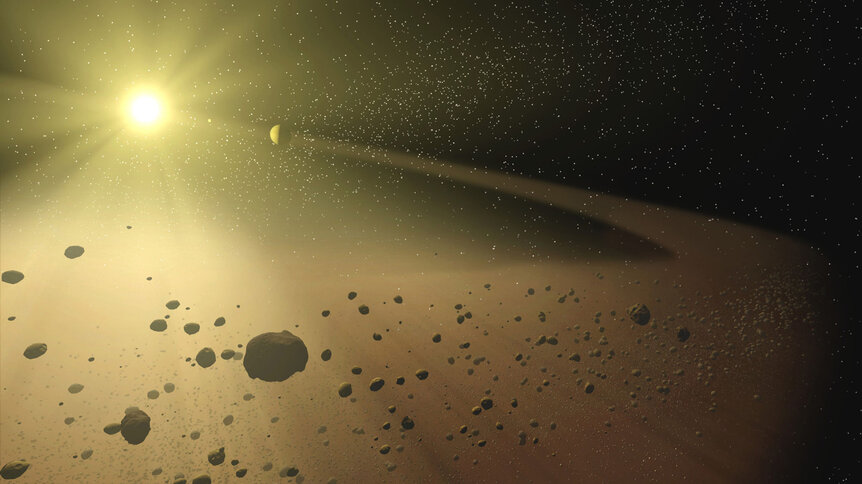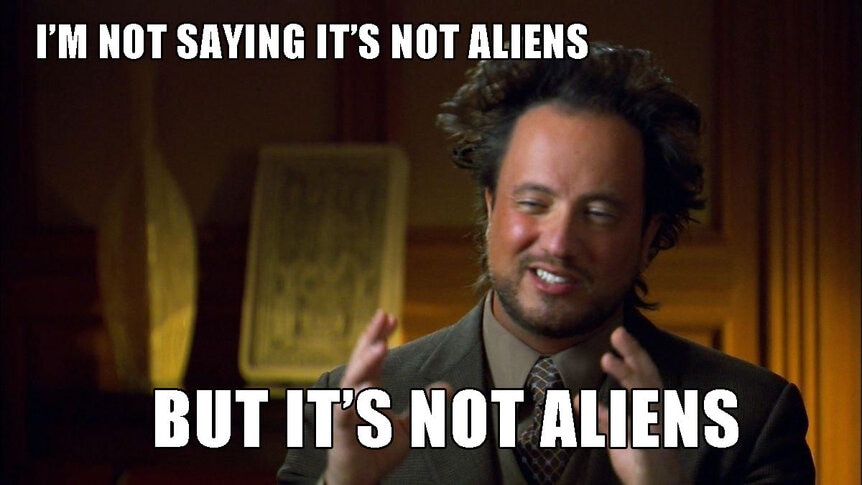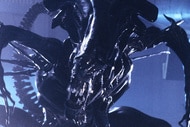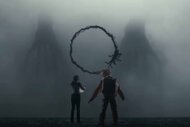Create a free profile to get unlimited access to exclusive videos, sweepstakes, and more!
Remember Tabby's Star? It may have a friend... and maybe lots of them
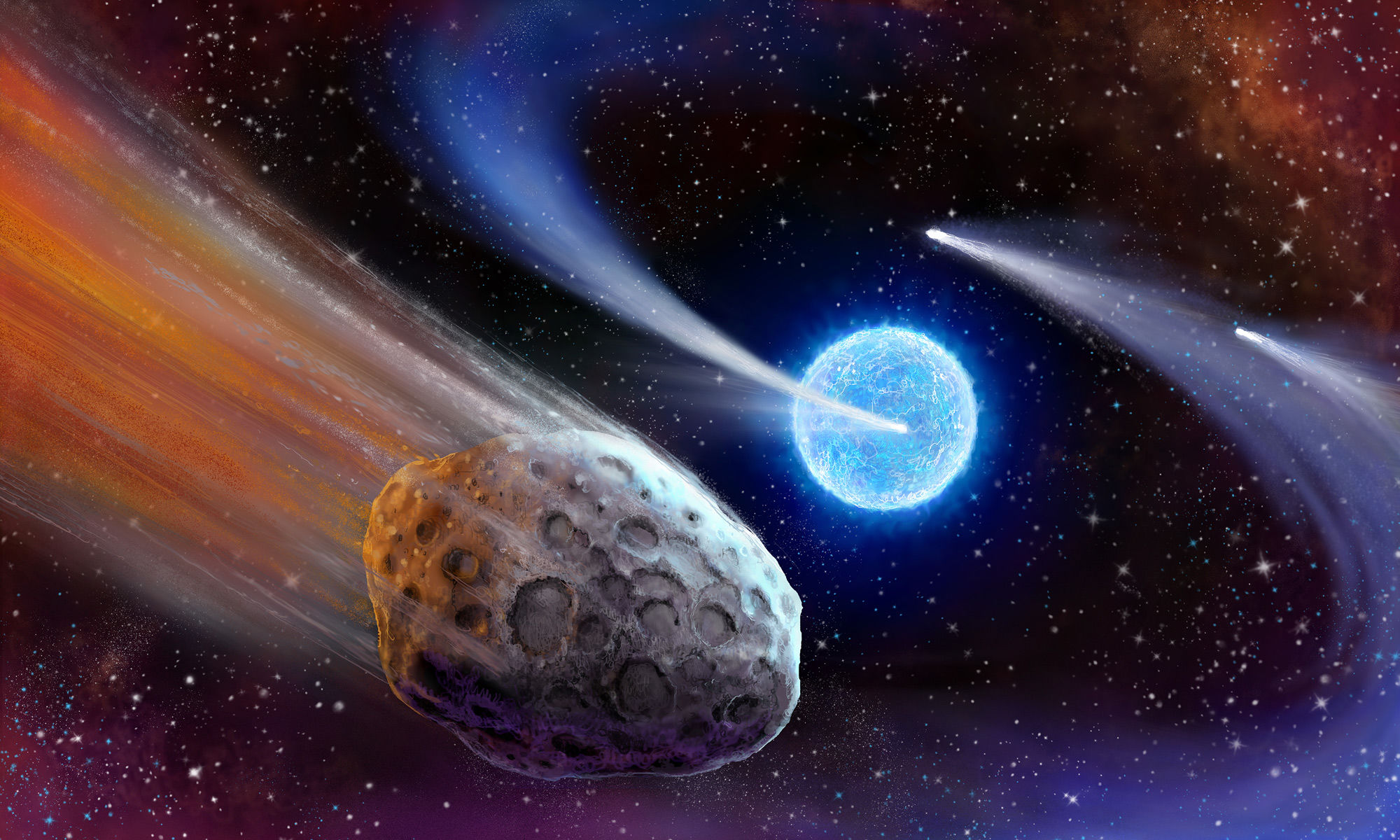
In a galaxy with at least a couple of hundred billion stars in it, you can expect some of them are going to be weird.
For a while now, it looks like Tabby's Star — one that's been experiencing weird dips in its starlight that have proven extremely difficult to explain — was unique among the Milky Way's population. No other star exhibited the same behavior.
But maybe we weren't looking hard enough. Another star has turned up that has similar behavior, and it may even be weirder. Not only that, but a survey of many millions of stars turned up a total of 21 more stars that may be misbehaving in the same way. And so far there's still no explanation that covers all the bases.
What the heck is going on here?
OK, first, a brief review: The star KIC 8462852 sits in a part of the sky observed by the Kepler space telescope, which looks for dips in starlight due to planets orbiting the stars. If a planet's orbit is edge-on, we see a periodic drop in the light from the star as the planet blocks a small fraction of the star's surface. Usually these happen in stable, repeatable patterns, once per orbit.
But KIC 8462852 had dips that didn't repeat, and worse, some of the drops were huge. Usually you get a small fraction of a percent drop in light, but at one point the light from this star dropped by 22%. That's huge, and can't be from a planet (a planet that big would be a star). These dips were spotted by citizen scientists as part of the Planet Hunters project. The astronomer in charge was Tabetha Boyajian, and she was the lead author on a paper announcing the odd star (which is why it's called "Boyajian's Star," or in the more popular press "Tabby's Star"; it's more well-known by the latter, but I prefer the former and will continue from here that way).
A lot of explanations were put forth, including weird planets, dust clouds, comets, and the like. Yes, including alien megastructures. But a big breakthrough came in early 2018 when astronomers announced the dips were deeper in blue light than red. That is what you expect from dust clouds, which block blue light more effectively than red. However, how exactly this works in this case still hasn't been completely worked out (you can read this blog post of mine from the time where I explain all that).
It's really hard to understand a phenomenon like this, one that's so weird, when you only have the one example. What we really need are more stars that show this behavior. For a long time, we didn't know of any.
Now maybe we do. In June 2019 a team of astronomers published a paper about the star HD 139139, which they call a Random Transiter — it also shows dips, but no matter how you slice it, the dips appear to be random in time. But it gets weirder: Except for two of the 28 dips seen, they all seem to have about the same depth, dimming the star by about 0.02% each time. This implies the objects transiting the star are all the same size, and that's bizarre. Worse, though, the length of the transits are all over the place, too. Some are an hour long, while others are more than 7.
The star itself may be a binary; a second much dimmer star is close to it in the sky and the two may orbit each other. It's not clear if the transiting is happening with the brighter or dimmer star; if it's the brighter one the objects are all about 1.5 times the size of Earth, and if they orbit the dimmer star they're larger, more like 1-2 times the size of Jupiter.
After exhaustive analysis of the timings, it's possible (though unlikely) that four of the transits may be from a single object repeating, but that still leaves the other dips unexplained. The team notes that the dips are so random in timing that they could've been taken from a random number generator. What could do this?
Astronomer Hugh Osborn goes over all the known possibilities in a blog post, and comes up empty. He gives a good synopsis of the situation, though, so it's worth reading. Planets, asteroids, planets and asteroids enshrouded in dust clouds, comets… these explanations cover some of the data, but not all of it. Nothing seems to explain all the weird things going on at this star(s). That, plus the seriously random nature of the dips, leads Osborn to conclude that HD 139139 is even weirder than Boyajian's Star. At least there we know dust is involved somehow.
It would help a lot to find more stars like these. That led astronomer Edward Schmidt to look in databases from huge star surveys to see if any other stars had such strange behavior. He went through several surveys that covered many millions of stars, and found… 21. These stars all had odd dips, apparently random in timing, and some of them exhibited pretty substantial drops in light as well. Intriguingly, he found that they tended to come in two groups: Normal stars with roughly the same mass as the Sun, and red giants, stars near the ends of their lives, with about twice the Sun's mass.
It's not clear to me how strong a correlation there is there, but it's enough to be interesting, and certainly worthy of follow-up. If it turns out this is the case — that all these stars, including Boyajian's Star and HD 139139 fall into these two groups — that implies there's some intrinsic characteristic of the star that plays a role. Maybe these kinds of stars have planets that can make these dips somehow, or the star itself is doing something really weird that makes the dips harder to understand.
Given that we know external dust is involved with Boyajian's Star, that's hard to reconcile with something intrinsic about the star itself, but the point here is that there's a lot we just don't understand about what's going on here. The best thing that can happen now is that larger, more sensitive telescopes monitor these stars as often as they can, to look for anything in their light that can give hints to the origin of these peculiarities. Once we have enough observations we can start to look for patterns, and that's when you can start to put together a case for the physical nature of these bizarro stars.
Hopefully, too, more stars like these will be found. The more the merrier! I do love a mystery, but I think this one has been going on for long enough now. It'd be nice to start getting some solid answers.
Tip o' the Dyson Sphere to Jason Wright for telling me about HD 139139. Also, after I wrote this article but before it was posted, I saw that the AAS Notes site posted about it as well! That site writes about research published in journals of the American Astronomical Society, and is worth a follow if you like to read slightly more technical descriptions of astronomical work.
